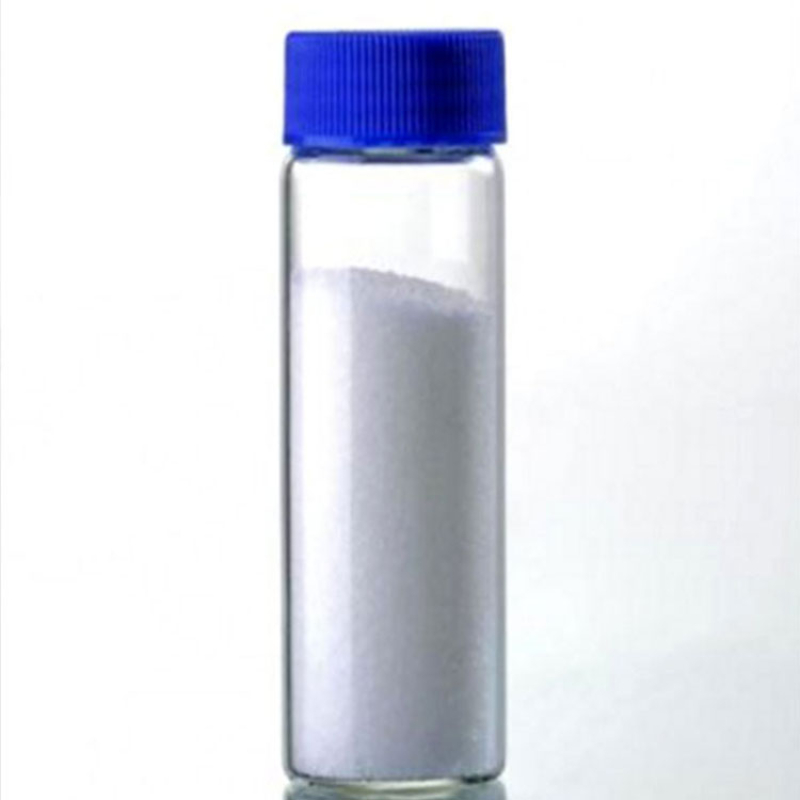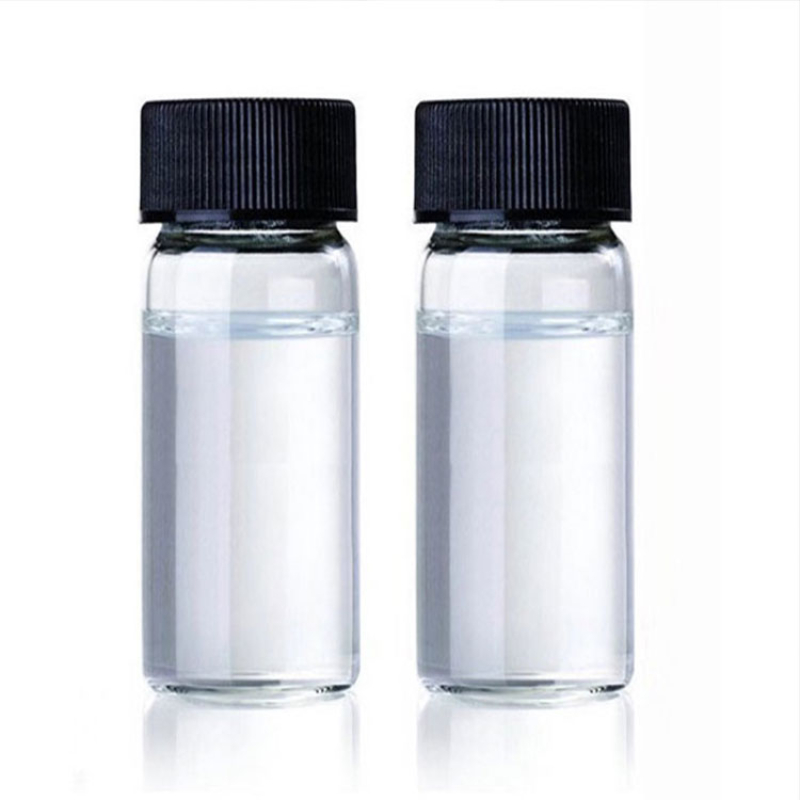Products Description of 2,2,4-TrimethylpentaneCAS#540-84-1Isooctane is a colorless liquid with a high octane number and is therefore widely used as a gasoline additive.2,2,4-Trimethylpentane Chemical PropertiesMelting point -107 °CBoiling point 98-99 °C(lit.)density 0.692 g/mL at 25 °C(lit.)vapor density 3.9 (vs air)vapor pressure 41 mm Hg ( 21 °C)refractive index n20/D 1.391(lit.)Fp 18 °Fstorage temp. Store at +5°C to +30°C.solubility water: insolubleform Liquidpka>14 (Schwarzenbach et al., 1993)Specific Gravity0.692 (20
Contact Now
Products Description of Anthraquinone CAS#84-65-1Anthraquinone, with the chemical formula C14H8O2, is a quinone compound that is naturally occurring and can also be artificially synthesized. It is a significant organic compound known for its diverse applications, particularly in the pharmaceutical and dye industries. Anthraquinone is characterized by its conjugated structure, which gives it a distinctive color and makes it a key component in the synthesis of various dyes.
Contact Now
Products Description of Tolylene-2,4-diisocyanate CAS#584-84-9Toluene-2,4-diisocyanate is a colorless, transparent liquid at room temperature and pressure, and is sensitive to moisture.
Contact Now
Products Description of 2-Bromoethanol CAS#540-51-22-Bromoethanol is a colorless or light yellow hygroscopic liquid with relatively stable and toxic chemical properties.
Contact Now
Products Description of Guanidine thiocyanate 99.5%CAS#593-84-0Guanidine thiocyanate can be used as a biochemical reagent and pharmaceutical intermediate.
Contact Now
Products Description of D-Glucal CAS#13265-84-4D-glucosene, also called D-glucosene, is a pharmaceutical intermediate that can be prepared from pentaacetyl glucose through a three-step reaction.
Contact Now
Products Description of 1,8-Naphthalic anhydride CAS#81-84-5It precipitates needle-shaped crystals in ethanol and rhombus-shaped crystals in acetic acid.
Contact Now
Products Description of Sodium trimetaphosphate CAS#7785-84-4Sodium trimetaphosphate is an inorganic compound with the chemical formula Na3(PO3)3. It is a white crystalline powder, easily soluble in water, and is mainly used as a starch modifier.Sodium trimetaphosphate Chemical PropertiesMelting point 53℃ [MER06]density 2.49storage temp. Inert atmosphere,Room Temperaturesolubility Water (Slightly)form Powdercolor WhiteSpecific Gravity2.49Water Solubility Soluble in water.
Contact Now
Products Description of 1,1,2-Trimethyl-1H-benz[e]indole CAS#41532-84-7It is an extremely important alkaline heterocyclic intermediate for the synthesis of benzindolyl cyanine dyes, and is also a key intermediate for the synthesis of a variety of photovariable dyes.
Contact Now
Products Description of Diphenyl Ether CAS#101-84-8Diphenyl Ether (CAS#101-84-8) is a colorless crystalline solid or liquid with a mild, pleasant aroma. It is characterized by its colorless appearance and melts at a point around 81 °F (27.2 °C). When the temperature exceeds this melting point, it transforms into a colorless liquid. Diphenyl Ether is known for its distinct, strong floral-green, metallic geranium-like scent and is insoluble in water.This chemical is widely used as a heat transfer medium due to its thermal stability and low vapor pressure.
Contact Now
SCANDIUM CHLORIDE CAS#10361-84-9Overview:Scandium Chloride, with the chemical formula ScCl3 and CAS number 10361-84-9, is a significant industrial chemical known for its unique properties and wide range of applications.
Contact Now
Products Description of 2-Ethyl anthraquinoneCAS#84-51-5Pale yellow solid, melting point lower than anthraquinone, soluble in benzene, can be recrystallized from ethanol or acetic acid, melting point 108℃.2-Ethyl anthraquinone Chemical PropertiesMelting point 108-111 °C (lit.)Boiling point 180-190°Cdensity 1.27 g/cm3 (21℃)vapor pressure <1 hPa (25 °C)refractive index 1.6290 (estimate)Fp >210°Cstorage temp. Store below +30°C.solubility 0.00025g/lform powder to crystalcolor Light yellow to Amber to Dark greenWater Solubility Insol
Contact Now
Erucamide CAS#112-84-5Erucamide is also known as 13-Docosenamide or Erucylamide. It is in the form of white flakes or beads.
Contact Now
Products Description of Erucamide 98% CAS#112-84-5Erucamide is a higher fatty acid amide, one of the important derivatives of erucic acid, and is refined from vegetable oil. It is a waxy, odorless solid, insoluble in water, and has certain solubility in organic solvents such as ketones, esters, alcohols, ethers, and benzene. Because the molecular structure contains a long unsaturated C22 chain and polar amine groups, it has excellent surface polarity, a higher melting point than Chemicalbook and good thermal stability, and can be widely used in place of other similar additives.
Contact Now
Products Description of 1,3-Dioxan-2-one homopolymer CAS#31852-84-3Polylactic acid is also known as polyhydroxypropionic acid or polylactide. It is a biodegradable polymer material formed by the polycondensation of lactic acid monomers. It is soluble in solvents such as chloroform, acetone, dioxane, dimethylformamide, benzene, toluene, and insoluble in saturated alkanes such as petroleum ether. It has good biocompatibility and blood compatibility, good anticoagulant properties in vitro, can be degraded by the human body, and excreted from the body as carbon dioxide and water.
Contact Now
Products Description of 3-Aminopropyltrimethoxysilane CAS#13822-56-5Silane coupling agent KH-540 is trimethoxysilane, which has a significantly faster hydrolysis rate than triethoxysilane KH-550, and can provide faster reaction and curing speeds.
Contact Now
Products Description of POLYCARBOMETHYLSILANE CAS#62306-27-8Transparent oily liquidPOLYCARBOMETHYLSILANE Chemical PropertiesMelting point 79-84 °Cdensity 1.1 g/mL at 25 °C(lit.)Product Application of POLYCARBOMETHYLSILANE CAS#62306-27-8Silicon carbide ceramic polymer precursors. Ceramic coatings from polymer melts or solutions.Factory and Equipment ShowFast delivery timeInventory 2-3 working days New production 7-10 working days
Contact Now
Products Description of 4-Chloroquinoline CAS#611-35-84-Chloroquinoline is a key intermediate commonly used in the synthesis of quinoline derivatives with important biological activities.
Contact Now
Products Description of Dodecylamine CAS#124-22-1Dodecyl primary amine is also known as 1-aminododecane, laurylamine, and dodecylamine. It is colorless or white crystal. This product is weakly alkaline and can form salts with inorganic or organic acids. Can be quaternized. Reacts with ethylene oxide and can be acetylated. Chemicalbook can be added to unsaturated hydrocarbons. This product can be oxidized with peroxide. Reacts with halogenated carboxylic acids to generate amphoteric compounds. Reacts with carboxylic acid chloride to generate amides.
Contact Now
Products Description of 1-Chloroisoquinoline CAS#19493-44-81-Chloroisoquinoline can be used as a pharmaceutical synthesis intermediate, such as the preparation of the compound 1-phenylisoquinoline.
Contact Now
Products Description of Glyceryl monostearate CAS#31566-31-1 Glyceryl monostearate is an emulsifier and additive for food; it is used as an emulsifier in cosmetics and pharmaceutical ointments.
Contact Now
Products Description of 1-Methylpyrrolidine CAS#120-94-5Colorless, transparent, volatile liquid. Freezing point -90°C, boiling point 79.5~80.5°C, relative density 0.819, refractive index 1.4240, flash point -21°C.
Contact Now
Products Description of 2-DODECEN-1-YLSUCCINIC ANHYDRIDE CAS#26544-38-7Yellow liquid2-DODECEN-1-YLSUCCINIC ANHYDRIDE Chemical PropertiesMelting point 41-43 °C(lit.)Boiling point 180-182 °C5 mm Hg(lit.)density 1.00 g/mL at 20 °Cvapor density 9.2 (vs air)vapor pressure <1 mm Hg ( 20 °C)refractive index 1.477-1.479Fp 352 °Fstorage temp. Inert atmosphere,Room Temperaturesolubility 10g/L in organic solvents at 20 ℃form clear liquid to cloudy liquidcolor Light yellow to Yellow to OrangeWater Solubility&
Contact Now
Products Description of 1-Ethylpiperazine CAS#5308-25-8N-Ethylpiperazine (EPA) is one of the piperazine derivatives. As a pharmaceutical intermediate and fine chemical, it is widely used in pharmaceutical and organic synthesis. It is mainly used to synthesize ethyl ciprofloxacin antibiotics. It is also used as a synthetic raw material for dyes and plant protection agents. It is also widely used in fungicides and surfactants.
Contact Now










![1,1,2-Trimethyl-1H-benz[e]indole CAS#41532-84-71,1,2-Trimethyl-1H-benz[e]indole CAS#41532-84-7](https://sdluxicdn.huazhi.cloud/cdn/ff/vCdZL5hgJePL41mQiSGZKs6PuHZLWAvoY27pKNwf9gM/1718385350/public/styles/chanpinzhutu/public/2024-06/%E4%BA%A7%E5%93%81%E5%9B%BE%20%282%29_0.jpg?itok=0rtELXYW)
























